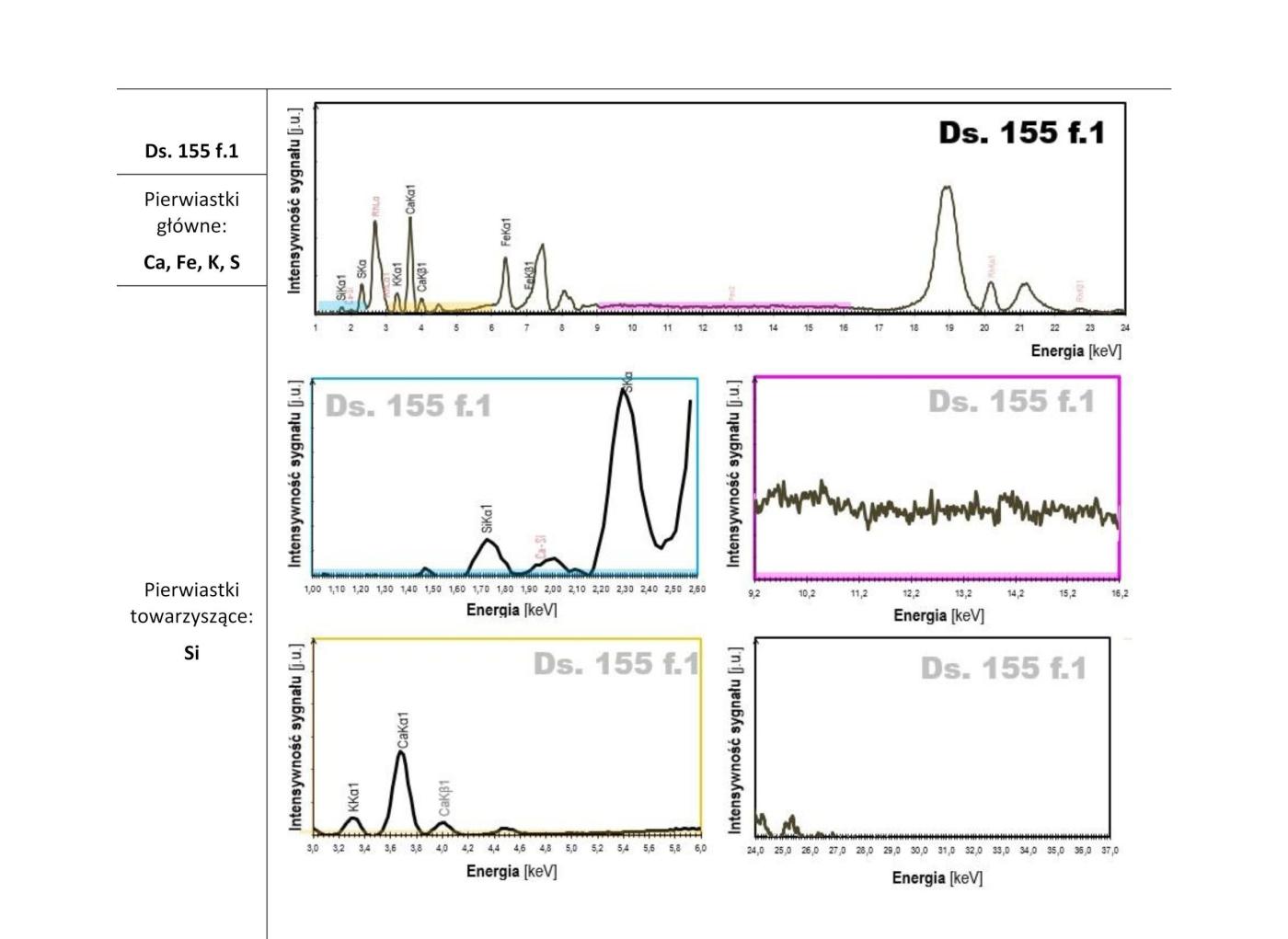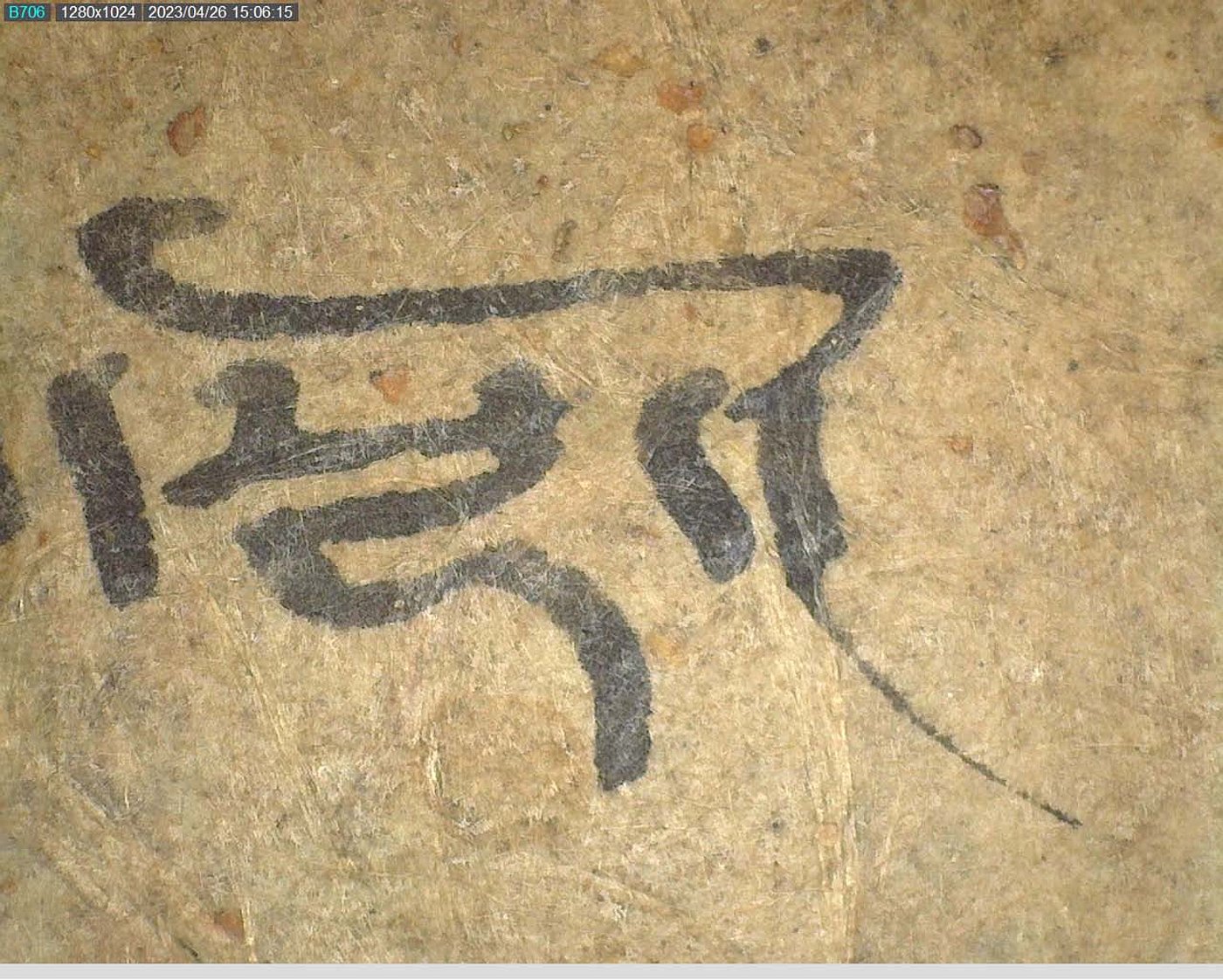DRANGSONG MANUSCRIPTS
|
1. Text number |
Drangsong 155 |
|
2. Text title (where present) in Tibetan |
༄༅།།གསོན་པོ་དང་གཤིན་པོ་སོ་སོར་ཁ་བསྟན་ཕྱེད་པ་བཞུགས་སྷོ།། |
|
3. Text title (where present) in Wylie transliteration |
gSon po dang gshin po so sor kha bstan phyed pa bzhugs+ho// |
|
4. A brief summary of the item’s contents |
A ritual to indicate to a deceased person that he or she no longer belongs to the world of the living and should depart to the land of the dead |
|
5. Number of folios |
4 |
|
6. Scribe’s name |
None |
|
7. Translation of title |
A ritual to show the way for the living and the dead respectively |
|
8. Transcription of colophon |
bces[ces] bgyer[gyer] la se gol rtogs la btang/ gson gshin lag pa sbrel pa’i lto/ rdzogs+ho/ dkar po kong rtse nga’i thob/ lha shos[bshos] dkar po ’di/ yon bdag ’di yi thob/ mi phug bshos nag ’di/ gshin po khyod kyi zas skal yin/ gson la ma chags/ phyir gdengs cig/ khyod rang shin yul nag por song/ lha dang yul kyang mi cig go/ zas dang gos kyang mi {mi} gcig go/ gnas pa’i mal kyang mi gcig go/ gnas ’dir ma sdod gzhan du song / ces byas la lha rgyal ’bod/ yon bdag la bkra shis bya/ |
|
9. Translation of colophon |
After reciting this, snap your fingers; the ritual of the living and the dead holding hands is over. The white world is obtained by me, Kong tse; the white food of the gods is obtained by the benefactor; this black food of human origin (? mi phugs) is for you, the deceased. Do not dwell among the living/ be drawn to the living! Get out! Go to the black world of the dead! Your gods and your land are not the same as ours! Your food and clothing are not the same! The bed on which you lie is not the same! Do not abide in this place, but go elsewhere! After saying this exclaim “victory to the gods” and recite an auspicious prayer for the benefactor. |
|
10. General remarks |
Apart from certain details such as the names of deities, priests, and ritual objects, the structure regarding the two opposing worlds of the living and the dead is the same as that reflected in the Dunhuang funeral texts related to Bon. This text may offer a basis for discussing the etymology of the names of certain demons such as byur, ‘dre, ‘gong po, srin, bse rags, how they are treated and to what worldly divinities they might correspond. Note that the expression gson gshin lag sbrel is also the name of an inauspicious configuration of trigrams; see Lin gTo ritualen fn. 414. |
|
11. Remarks on script |
dpe tshugs |
|
12. Format |
Loose leaves |
|
13. Size |
7.3 × 35 cm |
|
14. Layout |
|
|
15. Illustrations and decorations |
|
|
16. Paper type |
Woven with fibre bundles, 1-2 layers, |
|
17. Paper thickness |
0.17–0.22 mm |
|
18. Nos of folio sampled |
f. 1 and f. 4 both right side margin |
|
19. Fibre analysis |
|
|
20. AMS 14C dating |
|
|
21. XRF analysis |
Main elements: Ca, Fe, K, S Trace elements: Ti, Zn, Ni, Si |
|
22. RTI |
|
|
23. GCMS |
|




